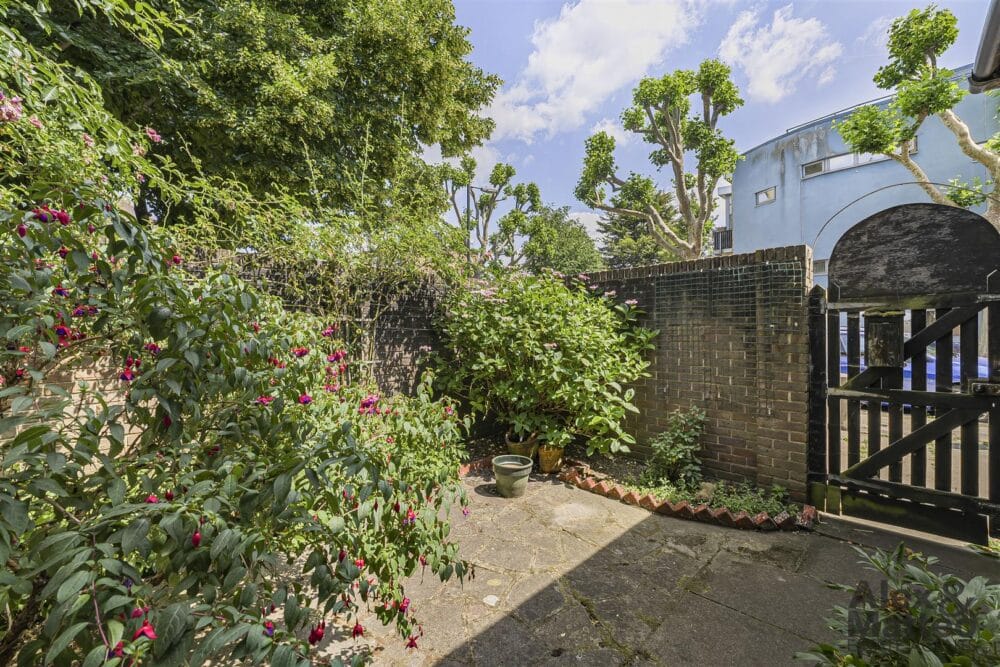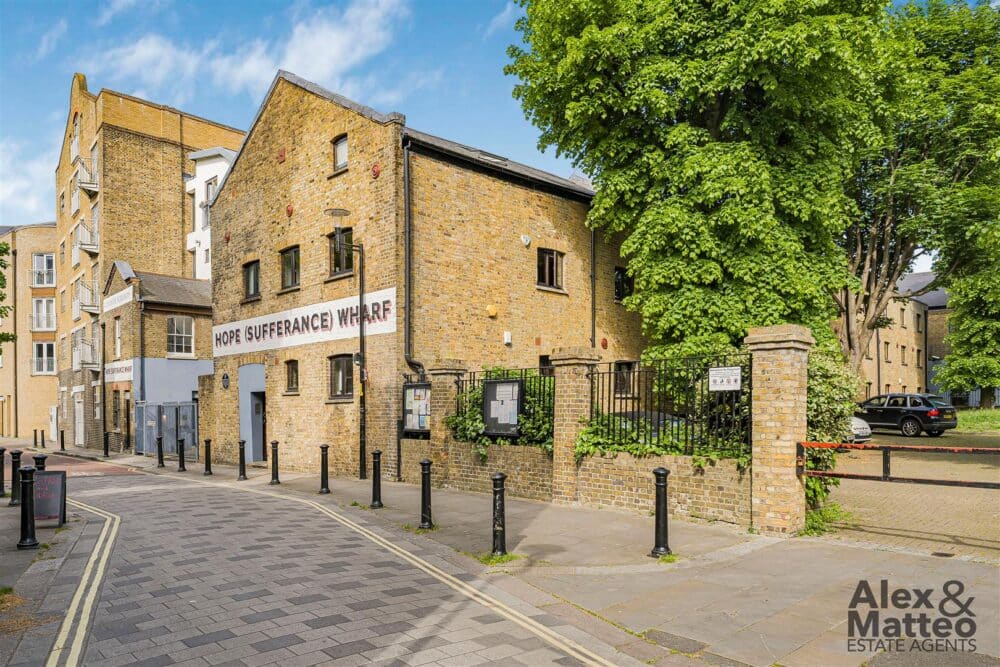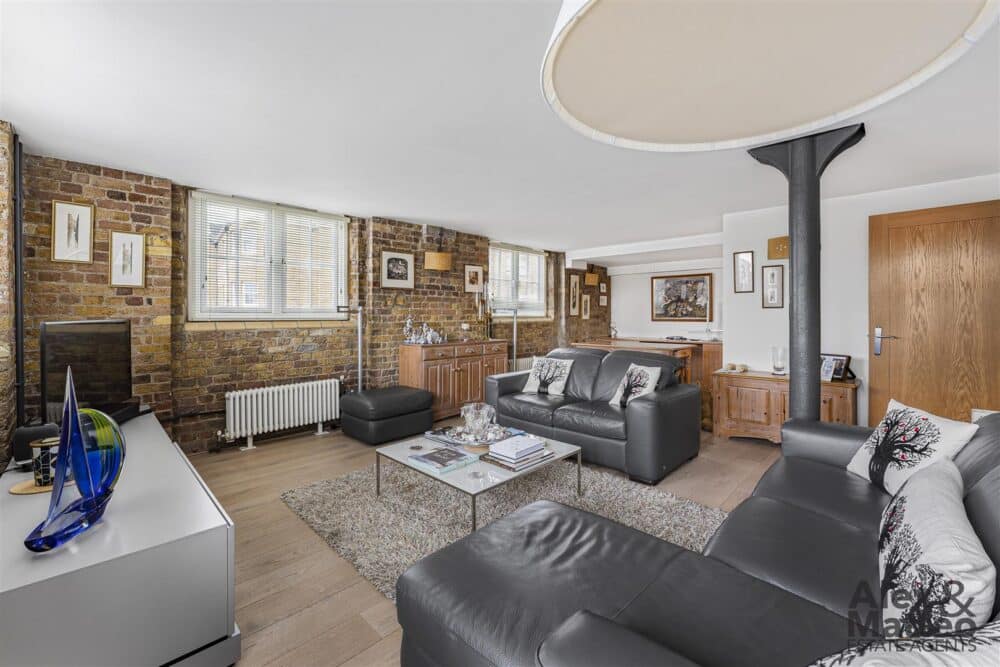Buying a property in London is an exciting step, but it also comes with important legal and financial considerations. One of the first things you will encounter when browsing the market is whether a property is leasehold or freehold.
If you’re a first-time buyer or new to the London market, these terms can be confusing – yet they have a big impact on your rights, responsibilities, and future costs. In this guide, we’ll explain the key differences, the pros and cons of each, and how they can influence your decision when buying in areas such as, Bermondsey, Rotherhithe, Canada Water, Surrey Quays, Deptford and New Cross.
If you buy a freehold property, you own the building and the land it stands on outright. There’s no time limit on your ownership, and you have complete control over the property, within planning and legal restrictions. You are responsible for the upkeep and maintenance of the property and any land that comes with it.

Freehold
Freehold is more common with houses in London, particularly in suburban or residential areas. However, in central and inner London, a large proportion of properties are leasehold – even some houses.
When you buy a leasehold property, you own the property for the length of the lease, but not the land it stands on. The land and building are owned by the freeholder, who could be a landlord, developer, or management company.

Leasehold
The lease sets out how long you own the property, with common lengths ranging from 99 to 999 years when first sold. You’ll usually pay ground rent and service charges to the freeholder and may need permission for certain alterations. The freeholder is typically responsible for maintaining communal areas, the building structure, and shared services.
Leasehold is most common with flats and apartments in London, especially in high-rise developments and converted period buildings.
One of the biggest differences between the two is ownership. With freehold, you own the property and land outright for as long as you choose to keep it. With leasehold, your ownership is limited to the length of the lease, and once that expires, ownership reverts to the freeholder unless you extend the lease or buy the freehold.
Costs also differ. Freehold properties don’t have ground rent or service charges (unless on a private estate), while leasehold properties will typically have both, along with potential additional fees for permissions. Maintenance responsibility is another distinction: freeholders take care of everything, whereas leaseholders contribute to communal maintenance through service charges.

Freehold
Control over alterations is also different. Freeholders can make changes as they see fit, subject to planning rules, whereas leaseholders often need permission from the freeholder for renovations, or subletting.
One of the most important aspects of a leasehold is the length of the lease. A lease with more than 80 years remaining is generally considered acceptable by most mortgage lenders. Once it falls below 80 years, the property’s value can start to drop, and extending the lease becomes more expensive.

Leasehold
In London, especially in older blocks and period conversions, shorter leases are not uncommon, so it’s important to check this detail before making an offer. At Alex & Matteo, we always ensure buyers understand the lease terms early in the process to avoid surprises.
Freehold properties offer full ownership and control, no ongoing ground rent or service charges, and better long-term investment security. However, they also come with the full responsibility for repairs and maintenance, which can be costly. They are also less common in central London, especially for flats.
Leasehold properties are often more affordable than comparable freehold homes. They offer low-maintenance living, as building repairs and communal upkeep are handled by the freeholder. Many also come with access to shared amenities such as gardens, gyms, or concierge services. On the downside, leaseholders face ongoing costs, lease terms that can impact value over time, and restrictions on how they use their property.
Yes – this is known as freehold enfranchisement. If you meet certain legal criteria, you and other leaseholders in the building can purchase the freehold from the current owner.
In most cases, yes – usually after owning the property for two years. The cost depends on the remaining term, the property’s value, and the ground rent.
Most are, although recent reforms mean that ground rent is often set at a nominal (peppercorn) rate.
If you’re considering a leasehold purchase, there are several things to check before committing:
In Bermondsey, Rotherhithe, and Canada Water, much of the housing stock is leasehold, thanks to riverside developments, modern apartment complexes, and converted warehouses. However, freehold properties – particularly period townhouses and terraced houses – do appear on the market and are highly sought after.
Choosing between leasehold and freehold often comes down to lifestyle and long-term goals. If you want low-maintenance living and access to shared facilities, a well-managed leasehold property could be ideal. If you want maximum control and investment security, a freehold home may be worth the higher purchase price.
At Alex & Matteo Estate Agents, we guide buyers through every step of the London property market, particularly in SE16 and nearby areas such as New Cross. We make sure you:
Our local expertise means you can make confident decisions that align with your lifestyle, budget, and investment goals.
Whether you choose a leasehold flat in a modern riverside development or a freehold period home, understanding the difference between the two is essential to making a smart purchase in London.
With the right advice, you can find a property that works for you now and in the years ahead.
Contact Alex & Matteo Estate Agents today to view our latest properties and get expert guidance tailored to your needs.
